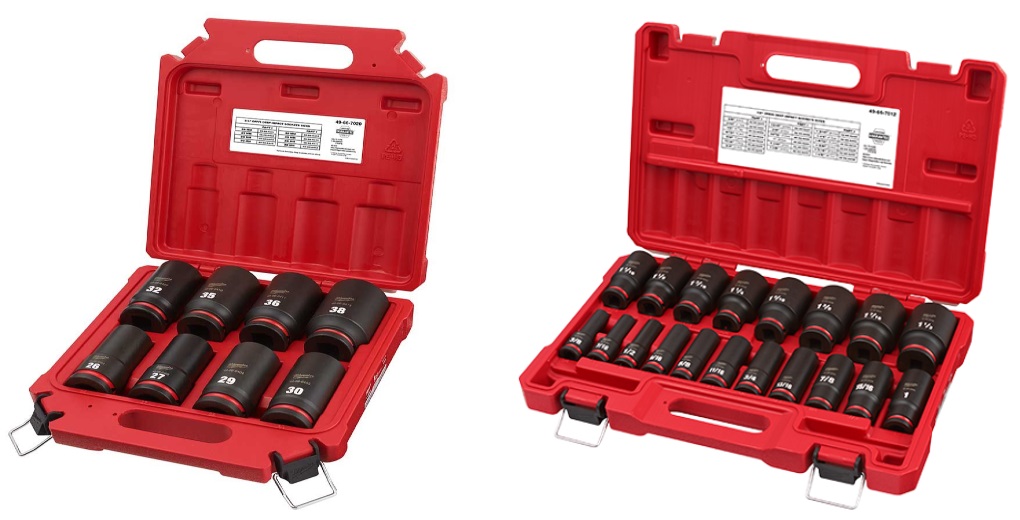Whether you’re really good with fixing things or just love doing it yourself, the socket wrench is a super important tool. Knowing how to use it really well saves time and helps you do your projects just right. This complete guide goes through all the details of using a socket wrench like a pro, from how it’s made to some really cool tricks you can do with it.
Understanding the Socket Wrench
What is a Socket Wrench?
A socket wrench is a useful tool for tightening or loosening nuts, bolts, and things that hold stuff in place. It consists of a handle and detachable sockets of various sizes, allowing adaptability to different fastener types.
Anatomy of a Socket Wrench
- Handle: The grip for maneuvering the wrench.
- Ratchet: The mechanism enabling both clockwise and counterclockwise rotation.
- Socket: Attaches to the ratchet and fits onto fasteners.
Getting Started: Step-by-Step Guide
Step 1: Choosing the Right Socket
Select a socket that precisely fits the fastener. Using a socket that doesn’t fit right can break both the wrench and the thing you’re trying to tighten or loosen. Remember to match metric or standard measurements accordingly.
Step 2: Attaching the Socket
Slide the socket onto the ratchet, ensuring a secure fit. A click sound indicates a proper attachment.
Step 3: Positioning the Wrench
Place the socket onto the fastener and ensure a firm grip. Keep the wrench perpendicular to the fastener for optimal torque.
Step 4: Applying Pressure
For tightening:
- Push the wrench in a clockwise direction.
- For loosening, apply counterclockwise pressure.
- Use steady, controlled force to avoid slippage.
Step 5: Ratcheting Technique
Utilize the ratcheting mechanism by maintaining contact with the fastener while rotating the wrench back and forth. This allows for continuous motion without repositioning.
Advanced Techniques for Efficiency
Torque Control
Avoid over-tightening by gauging the required torque using a torque wrench. This prevents damage to both the fastener and the surrounding components.
Accessing Tight Spaces
Use swivel-head sockets or extensions for confined areas to reach inaccessible fasteners without compromising maneuverability.
Avoiding Common Mistakes
- Excessive Force: Too much pressure can lead to stripped fasteners or wrench damage.
- Misusing Extensions: Incorrect extensions can reduce torque and compromise accuracy.
Exploring Socket Wrench Variants
Impact Wrenches
These power tools deliver high torque output, making them ideal for heavy-duty applications. Impact wrenches are often found in car fixing and building stuff because they’re really good at quickly unscrewing tough bolts.
Torque Wrenches
Unlike standard socket wrenches, torque wrenches allow precise torque measurement. This is crucial in industries requiring specific torque settings, such as aerospace or engineering.
Specialty Sockets
Various specialized sockets cater to specific needs. Deep sockets extend to reach recessed fasteners, while spark plug sockets are designed for engine maintenance.
Maintenance and Care
Cleaning
Regularly clean sockets and ratchets to prevent debris buildup, ensuring smooth operation. Use a brush to remove grime and lubricate moving parts to maintain functionality.
Storage
Store your socket wrench set in a dry, organized space to prevent rusting and misplacement. Consider using labelled organizers to identify sockets easily.
Troubleshooting Common Issues
Stuck Fasteners
When dealing with stuck or rusted fasteners, apply penetrating oil to aid in loosening. Patience and gradual pressure are key to avoid damaging the fastener.
Slipping Wrench
If the wrench slips off the fastener repeatedly, check the socket size and ensure a proper fit. Additionally, inspect the ratchet mechanism for wear and tear.
Safety Measures
Eye Protection
Make sure to put on safety goggles to protect your eyes from bits of stuff or if a fastener might break and fly off while you’re using the wrench.
Hand Protection
Gloves provide a better grip and protect your hands from sharp edges or hot surfaces, especially when dealing with automotive repairs.
Embracing Innovation
Digital Torque Adapters
These devices convert standard wrenches into digital torque readers, providing real-time torque measurements for accuracy.
Magnetic Sockets
Equipped with magnets, these sockets secure fasteners, preventing them from falling during use in challenging positions.
Final Words
Using a socket wrench isn’t merely about tightening or loosening fasteners; it’s about precision, knowledge, and finesse. You elevate your craftsmanship by mastering its techniques, understanding its variations, and implementing proper maintenance.
Whether you’re a seasoned professional or a novice DIY enthusiast, the socket wrench remains an indispensable companion in your toolbox. Embrace its versatility, learn from its nuances, and let it extend your skills.
Feel free to tell us about your experiences, any problems you faced, or things that went really well in the comments section. We’d love to hear from you! Your experiences might inspire and assist fellow enthusiasts in their wrenching journeys.


